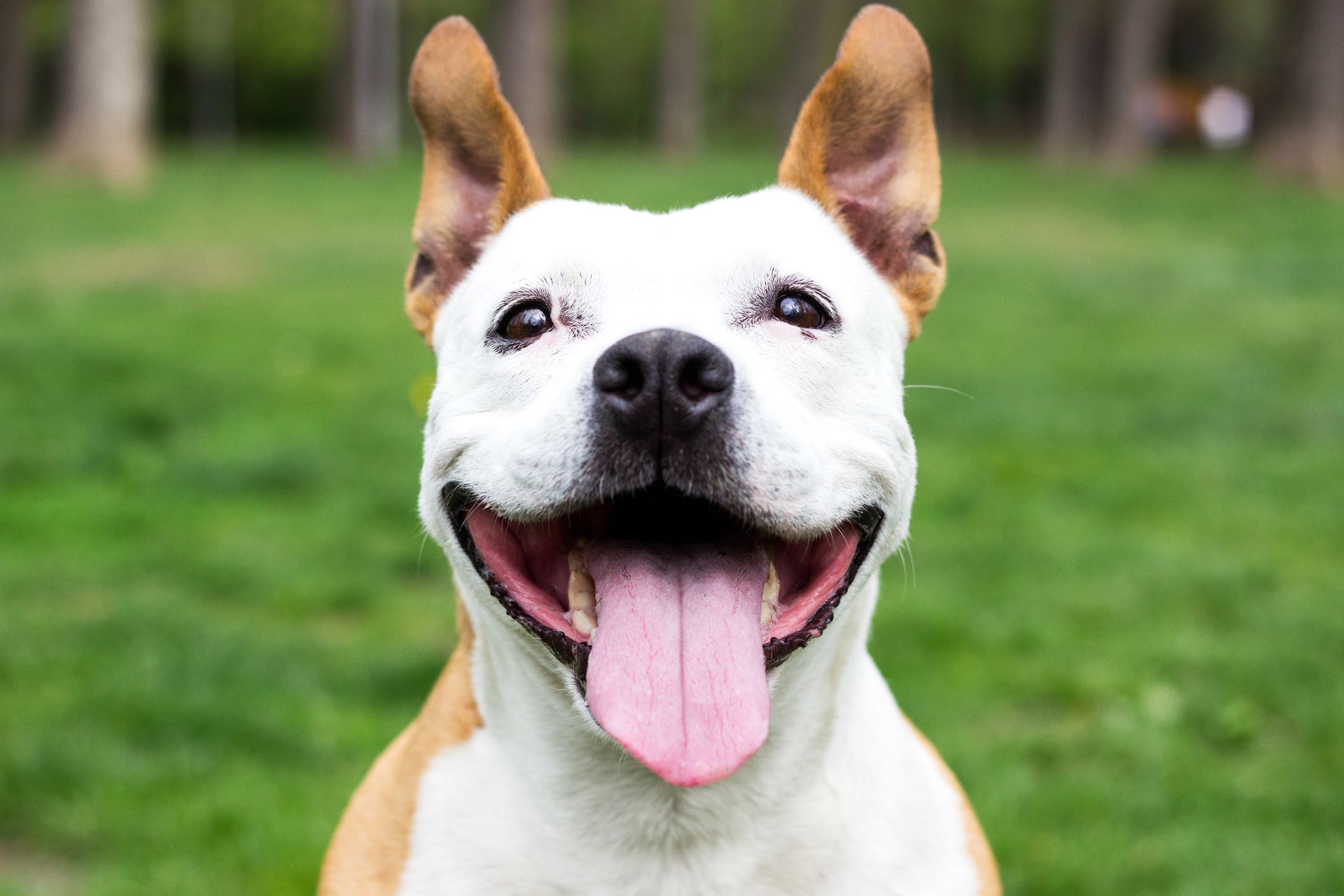How to Communicate with Your Doggie
How to Communicate with Your Doggie
Communication is the give and take of directions, questions and information. Every relationship needs good communication, both human to human and to our Doggie, including the special relationships we have with Doggie. An essential part of training Doggie is knowing how to communicate with your pet. If you can figure out how to provide instructions to your Doggie, you’re well on your way to having a well-trained friend with you at all times.
Researchers have found that human communication is more that 55% body language, the balance is the tone of your voice, and a very small part is the meaning of the words. Depending on your body position when you say it and the tone of voice you use make a HUGE difference to Doggie. If you depend on body language, think how much more Doggie will, who has very limited verbal skills, to you at least!
Body language is the language of Doggie. Because they speak body language, dogs also are great observers. Doggie reads small shifts in your posture and the position of your arms, legs, and hands. They observe your position of eyebrows and eyes, your mouth, and the expression all over your face. From all this information Doggie understands your likes, your dislikes, your needs, your wants, your moods, and your thoughts, but most importantly, your instructions or commands.
Next time your Doggie disobeys you, don’t say anything. Instead, make yourself look angry! Put your hands on your hips and frown. Your eyes angry, and your mouth down-turned. Doggie will get the message that you aren’t happy with the behavior, even though you haven’t spoken a word.
Doggie is always observing or listening to our movements, we are not very good at listening to them in return, mainly because we’re much more dependent on the use of verbal language. If you take a little time to learn the canine language, however, both you and Doggie can reap the rewards of a stronger bond.
Doggie language is a combination of body posture, facial expression, and tail position to represent phrases back to you of understanding, confusion or acceptance. To understand canine language, you need to observe all parts of Doggie’s body. If you concentrate only on one part, such as the tail or the face, you may make a significant language mistake and not communicate with your Doggie. Most people believe, for example, that a wagging tail means the dog is happy. Depending on the dog’s facial expression and body posture, however, that wagging tail can be a sign of intense anger or a warning of impending aggression.
Doggie can actually smile by lifting lips up and exposing teeth. You may initially mistake this smile for aggression. But if you look at the rest of a smiling dog, Doggie will relax ears, twinkling Doggie eyes, and even wagging the tail. If you have a dog who likes to smile when greeting strangers, be sure to explain to your guests that Doggie baring his teeth in laughter, not anger. Both look similar to a stranger.




